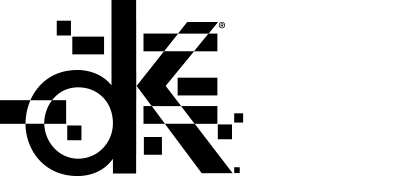Leggings for Curvy Girls that Celebrate Culture

Earlier this year, I introduced our new Ankle Crop High Waist leggings. My plan was to debut this exclusive legging design at the SXSW Wellness conference in Austin, TX. The event was canceled a week before I was scheduled to leave, and lock down began for the rest of eternity it seems.
The design of the Ankle Crop High Waist legging was inspired by women with curves. In order to differentiate our brand from the rest of this crowded athleisure market I felt it imperative to create a one-of-a-kind design as well as prints, that complimented the curves of the women who wore it. So once the legging design was just right, then there was the process of designing 3 brand new prints that had never been seen before. I referenced the up coming trends for S/S 2021. Color was the first inspiration. Bright hues juxtaposed with muted tones created a stunning dimensionality to the 2D prints.
One color palette I referenced from WGSN, used a bold cobalt blue, lime green, and black. This design trend was all about pushing and pulling the limits of a digitally created composition. So from there, I began research into African cultures that use bold geometric shapes, with bright coloring. The Ndebele tribe of Southern Africa jumped out at me. I was in love with the story of the Ndebele women's house paintings, which are all freehand drawings. Amazing! I immediately realized that some of the shapes in their house drawings were familiar, as they looked very similar to the shapes I have seen most of my life in Native American motifs.
Not wanting to bastardize someone else's culture, or continue the trend of creating "generic" Native art, I did more research to figure out exactly which tribes these shapes came from. Google searches, istock photo searches, and the Smithsonian's American Indian museum are where I found my answer, the Navajo Nation.
The Navajo Nation were seminomadic tribes, so their woven tapestries were used as blankets to stay warm, or saddle coverings while riding a horse. It has been documented that their textile designs are elaborations of the patterns found in Navajo weaved baskets and petroglyphs scattered abroad their reservation. Navajo basket weavers say that any design woven by a Navajo weaver within the four sacred mountains of the Navajo Nation is sacred. - Cultural Survival.org. Navajo weavers actually learned how to weave from the nearby Hopi tribe, but it was the Navajo weavers that introduced new, and elaborate shapes into their weaved tapestries. Their geometric shapes, diamond shapes, and/or zig-zags were symbolic representations of the seasons, the weather and the time of day. - Britannica
November is Native American Heritage Month. I encourage you to learn about the Native tribes that inhabit(ed) your city or state. So many names of US cities, states, landmarks, were named after Native American tribes, yet it's soo rare that you will encounter a Native American or live in close proximity to their territory. I am grateful that I grew up in the northern mid-west state of Wisconsin. The Oneida, Potawatomi, and Menominee tribes to name a few, were very much present throughout my childhood, in my high school and helped shape my appreciation for cultural diversity.
— Tiana Denine, Founder of digitalKENTE
From now until the end of the year, Dec 31, 2020, 25% of all sales of our #NavajoPalm print will be donated to the Coalition to Stop Violence Against Native Women.
